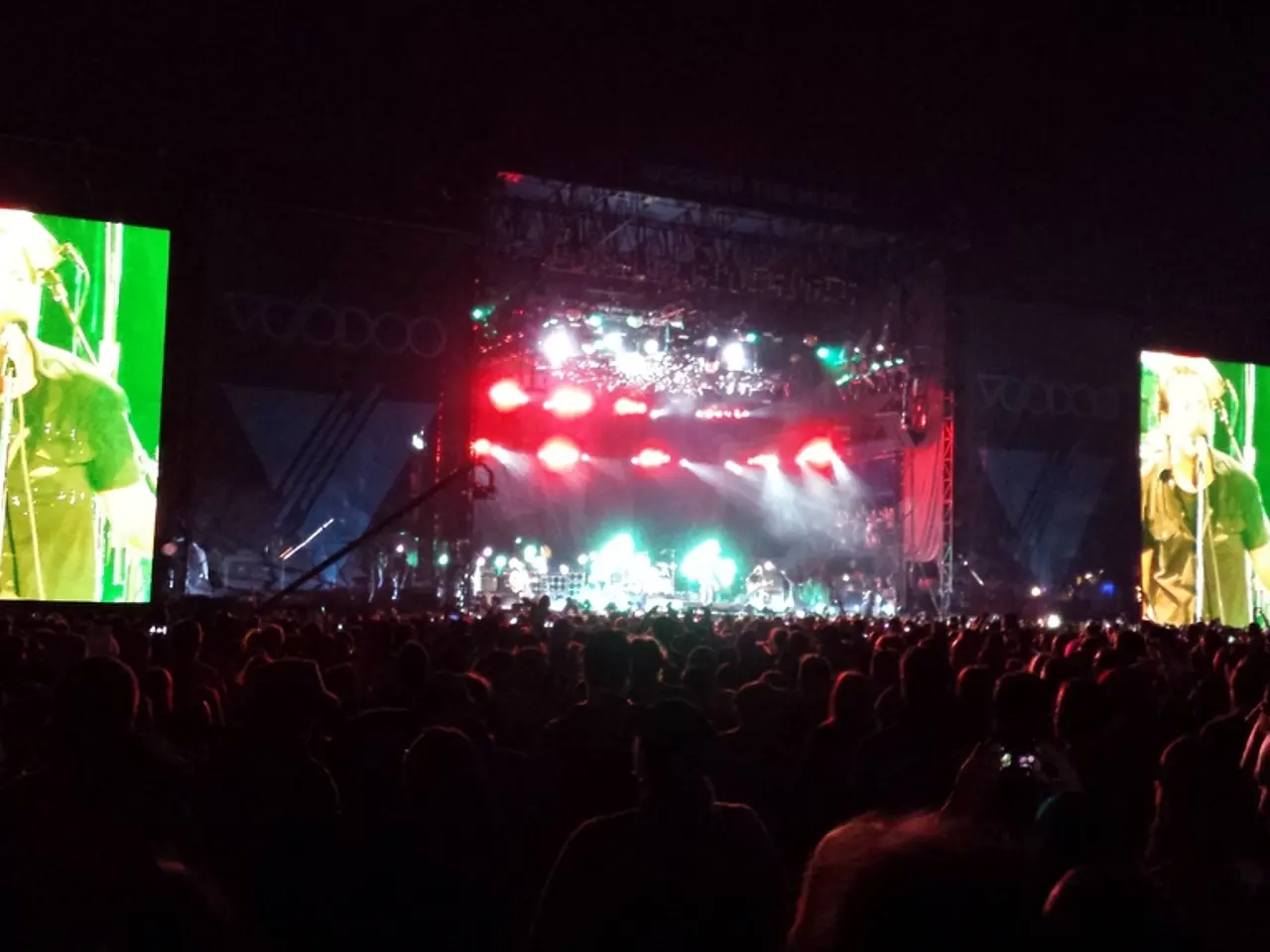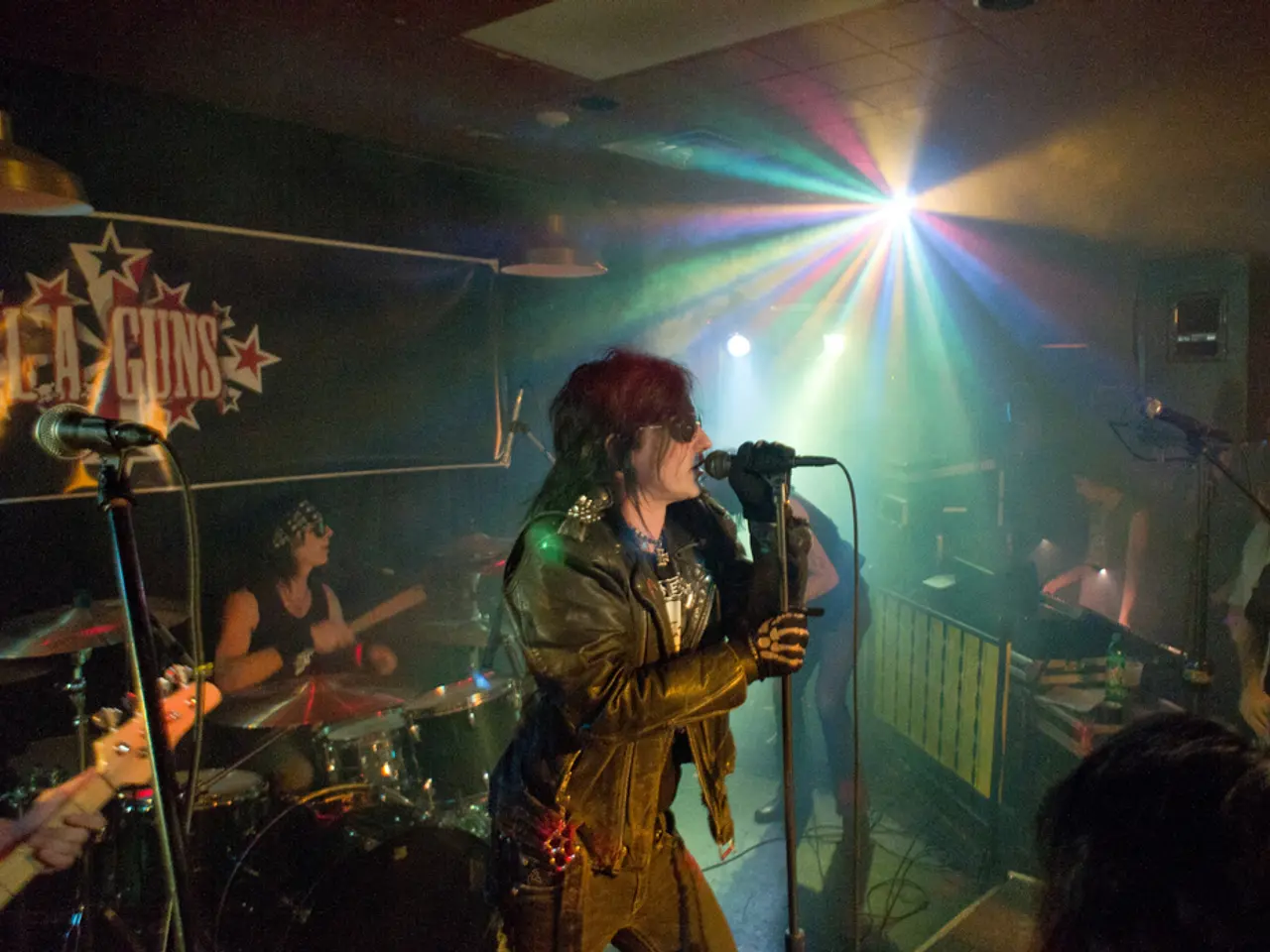"Bob Rock announces that Kirk was to synchronize rhythms with James, which significantly altered the Hetfield-Hammett guitar collaboration in Metallica's controversial Load album"
In 1996, Metallica released their sixth studio album, Load, marking a significant departure from their traditional thrash metal sound. The album, produced by Bob Rock, who had previously worked with the band on their three prior records, including the highly successful Black Album in 1991, reshaped Metallica's sound in numerous ways.
Evolution of Guitar Roles
James Hetfield and Kirk Hammett's guitar roles evolved notably on "Load." Previously, Hetfield played all rhythm parts, but under Rock's production, Kirk Hammett began sharing rhythm guitar responsibilities alongside Hetfield. This shift "changed everything" in their playing dynamic, contributing to a broader and more layered guitar sound. Kirk Hammett was given more freedom, with the instruction not to play what James Hetfield played, resulting in a point-counterpoint vibe between the two guitarists.
A New Recording Process
The production approach moved from the more mechanical, segmented recording style of earlier albums to a more live and holistic recording process. This allowed the band members to better realize the full feel of songs during recording and encouraged a more integrated performance.
Jason Newsted's Bass Work
On Jason Newsted's bass work, Bob Rock noted some initial challenges, implying Jason was doing something "wrong" at first. However, the production process contributed to addressing and refining his contributions, which had been less prominent in prior albums. Bob Rock taught Jason Newsted to play like a bass player, which resulted in him playing with the drums at certain points, a departure from doubling the guitar riffs.
Sonic Differences
"Load" and "Reload," released in 1997, are distinct from each other and from previous Metallica records. "Load" has a more polished, less aggressive sound influenced by the studio environment and equipment limitations, such as the use of SSL 9000 consoles instead of the previously used SSL 6000. "Reload," on the other hand, is described as more aggressive and "more like them" in terms of Metallica’s core intensity.
Aiming for a Point-Counterpoint Vibe
The band's aim in Reload was to create a point-counterpoint vibe by splitting the guitar parts, resulting in different musical elements. This approach, which was also a key driver behind their change of musical direction in Load, led to a more varied and complex sound.
Influences and Inspirations
Load is less influenced by Motörhead and Black Sabbath, and more by Led Zeppelin and Lynyrd Skynyrd. This shift in musical influences is evident in the album's sound, which features a more polished and melodic approach compared to their earlier, rawer sound.
In conclusion, Bob Rock’s production on these albums reshaped Metallica's sound by encouraging experimentation with new guitar interplay, a fuller and more diverse musical texture, and a departure from their traditional thrash metal approach toward a broader hard rock and alternative metal style. This shift in sound impacted how the band members approached songwriting, arrangement, and performance, resulting in two groundbreaking albums that continue to be influential in the metal genre.
- The shift in guitar interaction between James Hetfield and Kirk Hammett on "Load" was significant, with Kirk Hammett taking on more rhythm guitar responsibilities, contributing to a broader and more layered guitar sound.
- The production process for "Load" moved towards a more live and holistic recording style, allowing the band members to better realize the full feel of songs during recording and encouraging a more integrated performance.
- Jason Newsted's bass work saw improvements under Bob Rock's guidance, with him playing like a bass player and even at times accompanying the drums, rather than doubling the guitar riffs.
- The use of different equipment, such as SSL 9000 consoles, in the recording of "Load" resulted in a more polished, less aggressive sound compared to Metallica's earlier records.





